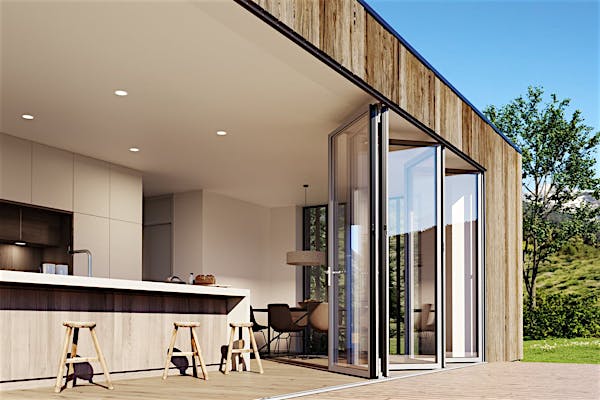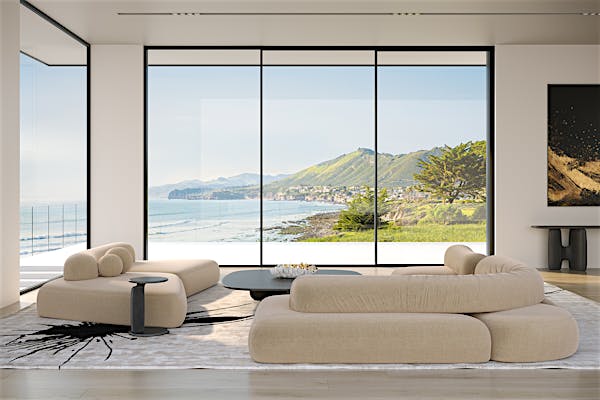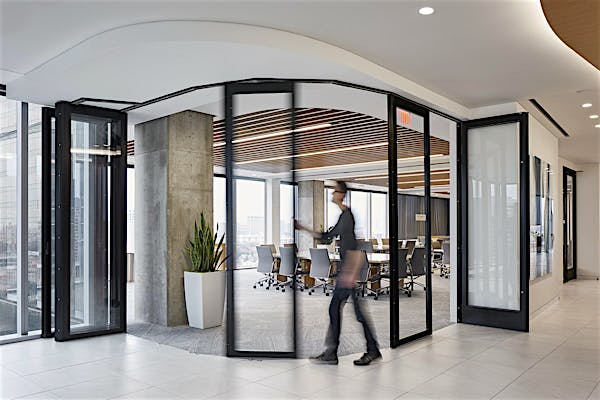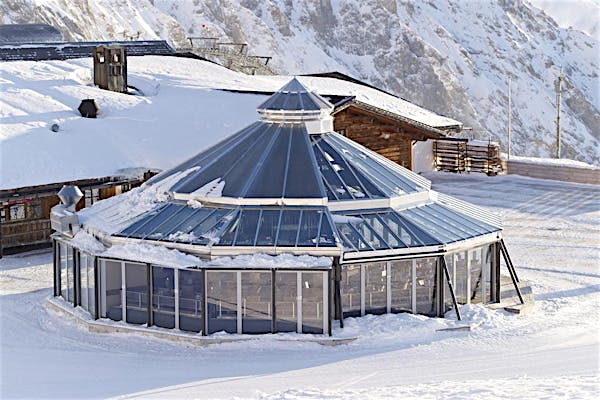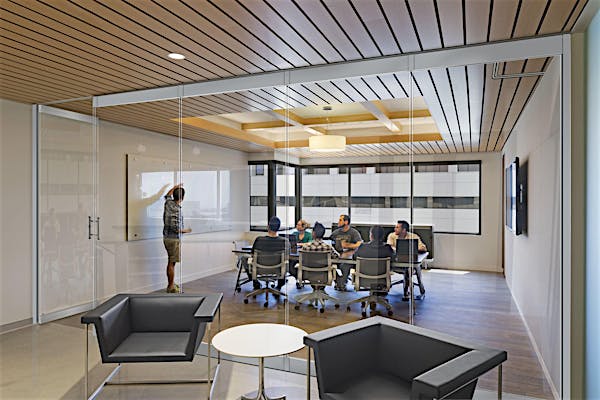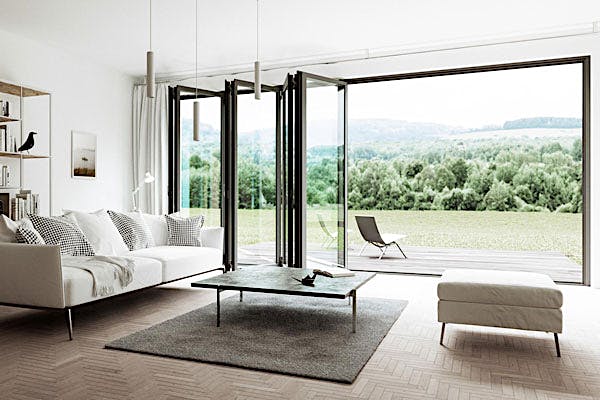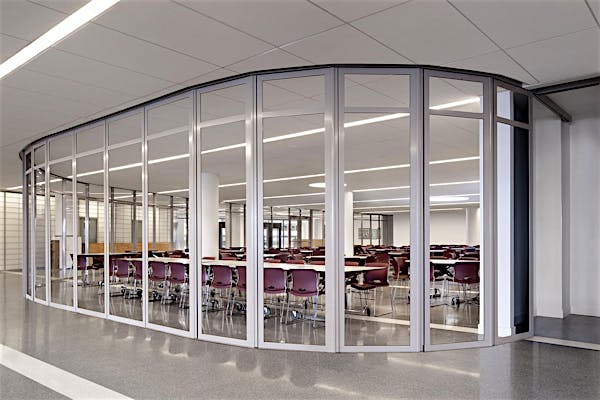Architects and builders are excited to hear that NanaWall is the first folding door system to meet Passive House standards, but what exactly is “Passive House”?
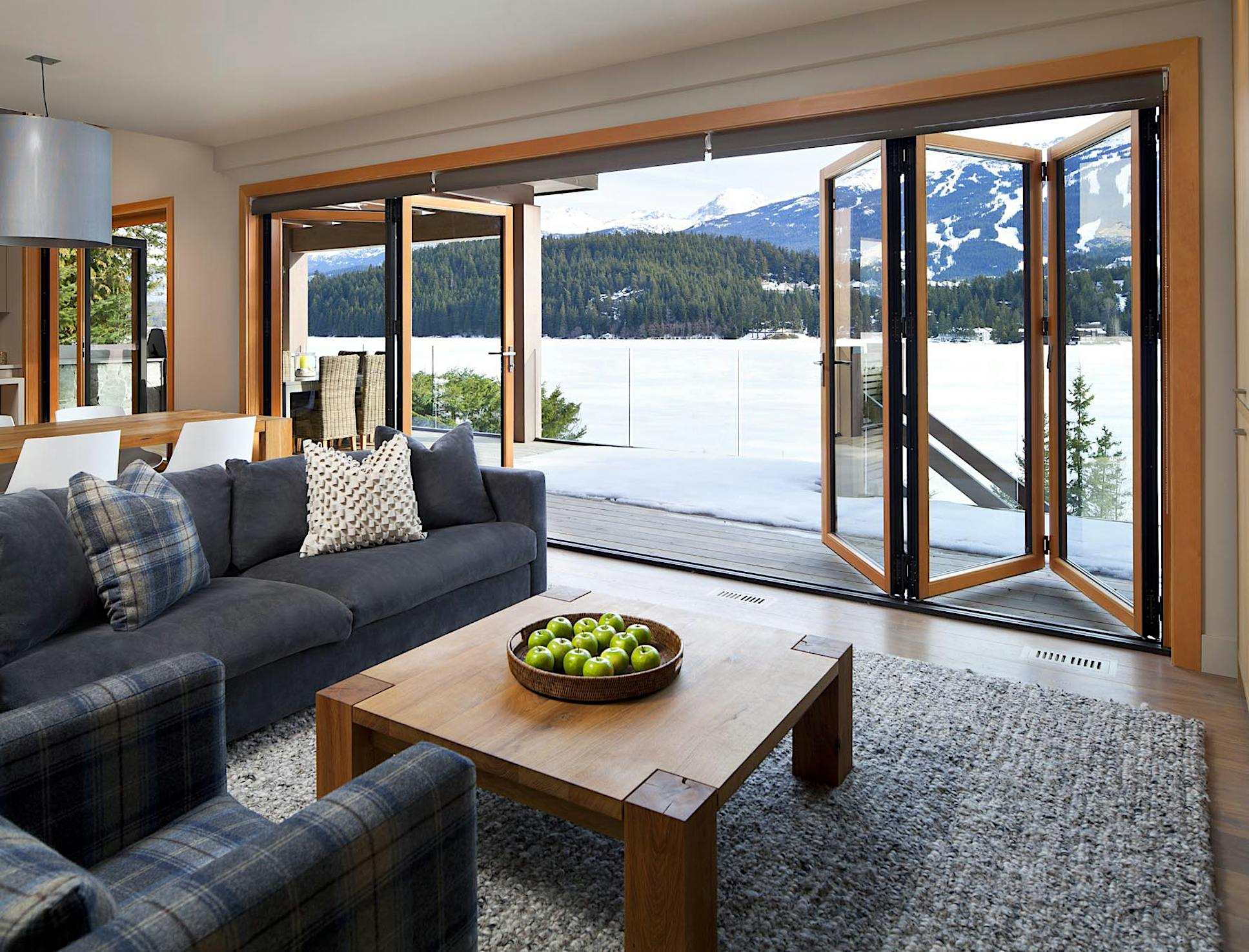
The Passive House concept is the highest standard for energy performance in the world. It can slash energy use by 80-90% without the use of “active” technologies like photovoltaics or solar thermal. Widespread adoption of these standards would have a dramatic impact on reducing our energy consumption. A Passive House is a very well-insulated, virtually airtight building. The Passive House Institute of the United States (PHIUS) uses basically the same standards as Germany, where the Passivhaus Institut was founded in Darmstadt, to certify a building.
To meet the standard, the building must use below a certain amount of energy to heat and cool itself. Not only is there a limit on energy used for heating and cooling, there is also a total limit on all energy use. Lastly, air leakage of the building must not exceed a certain amount in order to meet passive house standards. Thus, Passive House necessitates both creating an extremely well-insulated, airtight building envelope and controlling for the other energy use in a building, like water heating, appliances, and lighting.
You can’t meet Passive House standards without cutting-edge, low energy products like top-performing windows. The Passive House program drives product innovation, as manufacturers like NanaWall introduce products to satisfy the need. The NanaWall WA67 folding system with argon filled Low E triple glazing has an NFRC-certified U-value of .17 and a Solar Heat Gain Coefficient of .26.
Custom home-builder Michael McDonald has been familiar with NanaWall for years. Upon hearing that the WA67 triple-glazed folding system meets Passive House standards, he replied:
“This is certainly a commitment to sustainability. Passive House is the future. Although large expansive windows are a big part of contemporary architecture, glass can be a huge source of energy loss. NanaWall allows us to continue to push the envelope of contemporary architecture while maintaining maximum efficiency.”
Since he builds large net-zero homes often over 3,000 sq ft, he views Passive House standards as an opportunity to reduce the energy load of a home up to 90%, using thick walls, strategically located insulated glazing, efficient hot water and heating generation. In his opinion, the most exciting part of Passive House standards is the same one we see: the envelope of a building can reduce energy loads, instead of using expensive technologies to reduce consumption afterward.
